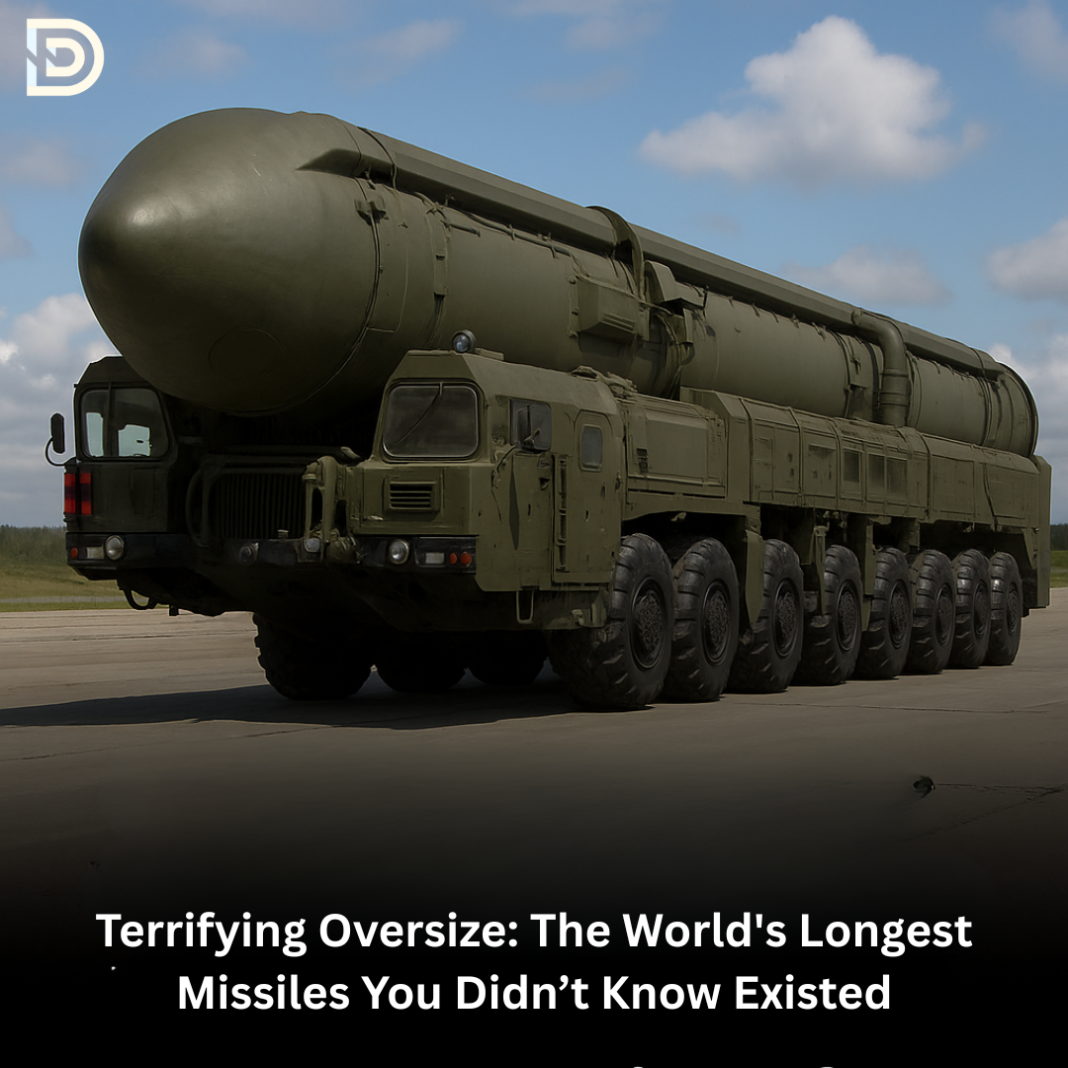A recent military conflict between India and Pakistan has sparked new global attention on the world’s most powerful and dangerous missiles. During this conflict, which is being referred to as Operation Sindoor, India used a total of 15 BrahMos missiles to target Pakistan. These missiles are not just fast — they are extremely fast.
Operation Sindoor and the Global Rise in Talks About the Longest Missile
They actually move at over three times the speed of sound. That means they can reach their targets in just a few minutes, making them highly dangerous and nearly impossible to stop once launched. As discussions continue around missile capabilities, the spotlight has also turned to the longest missile in the world, Russia’s RS-28 Sarmat, which stretches 35.5 meters in length and symbolizes the massive scale of modern missile technology.
Missiles like BrahMos are designed to strike targets that are very far away — sometimes even thousands of kilometers.However, such missile technology is not unique to India. Several countries around the world have built weapons capable of traveling vast distances at lightning speed. Some of these missiles are so large that they are longer than a school bus and weigh as much as a fully loaded airplane.
As nations continue to build and test missiles with extreme power, the focus has shifted to the length and size of these weapons. One of the biggest surprises is which country actually owns the world’s longest missile — and it’s not the United States, China, or even India.
World’s Longest Missile: Russia’s RS-28 Sarmat
However, Russia’s RS-28 Sarmat missile is now the longest missile in the world. With a length of 35.5 meters, this missile is enormous. That is longer than the majority of train cars and even most passenger buses. Additionally, it weighs a staggering 208,100 pounds, or more than 200 tons. One kind of intercontinental ballistic missile, commonly referred to as an ICBM, is the RS-28 Sarmat. These can travel to very far locations because they are made to fly from continent to continent.
The RS-28 Sarmat, known as the longest missile in the world, is renowned for its strong destructive power in addition to its length. It is thought to have several warheads, which would allow it to strike multiple targets simultaneously. The missile is part of Russia’s strategic defense system and is designed to act as a powerful deterrent.
With its size and strength, the RS-28 Sarmat plays a very important role in the military setup of Russia. Because of its massive length and weight, it requires special launch platforms and infrastructure to be used. As the longest missile currently in service, its design allows it to travel long distances, with a speed that can reach up to 24,000 kilometers per hour in space.
Other Giant Missiles in the World
After Russia’s RS-28 Sarmat, the second longest missile in the world belongs to China. The missile is called the Dongfeng-5, and it measures 32.6 meters in length. It weighs around 183,000 kilograms. Like the Sarmat, the Dongfeng-5 is also an intercontinental missile and is built to strike distant targets. It is part of China’s nuclear missile force and is kept ready for national defense.
PL-15 Missile Combat Confirmed China Unleashes Powerful Weapon in Real Battle
The R-36M2, another Russian missile, is next on the list. This one is slightly shorter than the Dongfeng-5, with a length of 32.2 meters, but it actually weighs more. The R-36M2 weighs about 209,600 kilograms, making it the heaviest among the top three longest missiles in the world. It was developed during the Cold War and is still part of Russia’s missile arsenal.
In fourth place is North Korea’s missile known as the Taepodong-2. This missile is 30 meters long. Although it is shorter than the others, its inclusion in the list shows that even North Korea has managed to build missiles that can travel great distances.
Finally, the fifth longest missile in the world is once again from China — the Dongfeng-4. This missile has a length of 28.5 meters and is also considered a long-range missile. It was developed before the Dongfeng-5 and is still used by China for specific military purposes.
These giant missiles, while different in size and shape, all share one thing in common: they are designed to travel extremely long distances and to deliver massive power. They are all part of national defense systems and are used as a form of protection and strength by the countries that possess them.
Missiles like the RS-28 Sarmat, Dongfeng-5, and R-36M2 are not just machines — they are symbols of power. Their size, weight, and range make them some of the most feared weapons in the world. As more nations enter the missile development race, these long and deadly weapons continue to stand as reminders of how far military technology has advanced — and how seriously countries take their defense systems.

